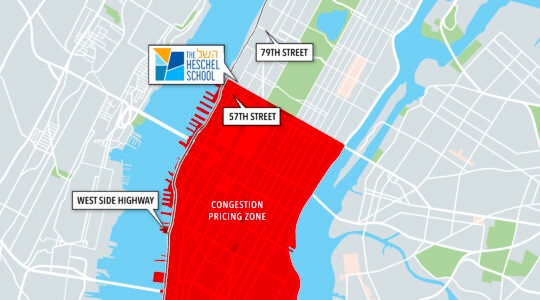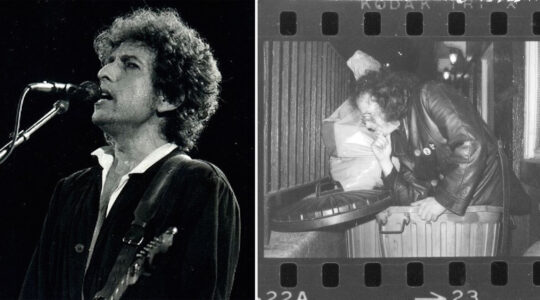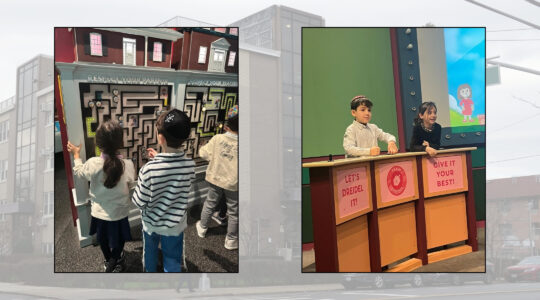Throughout Germany and a few other European countries where the Nazis reigned during World War II, German artist Gunter Demnig has installed several thousand Stolpersteine — “stumbling stones” — in city sidewalks in memory of victims (and in a few cases, survivors) of the Holocaust.
This week there are 11 fewer Stolpersteine.
On Kristallnacht last week, the anniversary of the 1938 Nazi-orchestrated “Night of Broken Glass,” police in Greifswald discovered that all its stumbling stones were missing.
The vandalism was probably the work of neo-Nazis, said Knut Abramowski, chief of police in the northeast German town. A “vile crime,” he said. He’s offered a $3,000 reward for information leading to the arrest of the people responsible for this “malicious act.”
Wolf-Dieter Ringguth, secretary of the CDU parliamentary group, called the attacks an “irreverent desecration.”
The sign on the Greifswald street states, “A stumbling stone is missing here.”
Demnig, 62, a native of Berlin, started installing the stones, topped with 4×4-inch brass plaques, on the pavement of German streets in 1995, to memorialize Jews — and non-Jewish victims as well — who had lived near that location. He was inspired, he said, by hearing an old woman say there had been no Holocaust victims in her town.
Each plaque bears the name of a Holocaust victim and some other biographical information.
“A person is only forgotten when his or her name is forgotten,” Demnig says on his website (stolpersteine.com).
The stones — called stumbling stones because when Germans stumbled over a protruding stone they once said, “There must be a Jew buried here” — often prompt passersby to stop and discuss the inscriptions. But critics say the markers hurt property values, highlight victimhood, and — by being stepped upon — desecrate the memory of the individuals they are meant to honor.
But, over the last two decades, the number of stumbling stones — in Hungary, Italy, Norway, the Czech Republic and the Netherlands, too — has grown to some 30,000.
That’s 30,000, minus 11.
The New York Jewish Week brings you the stories behind the headlines, keeping you connected to Jewish life in New York. Help sustain the reporting you trust by donating today.




